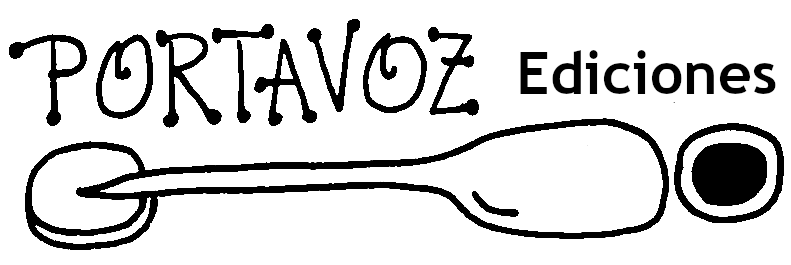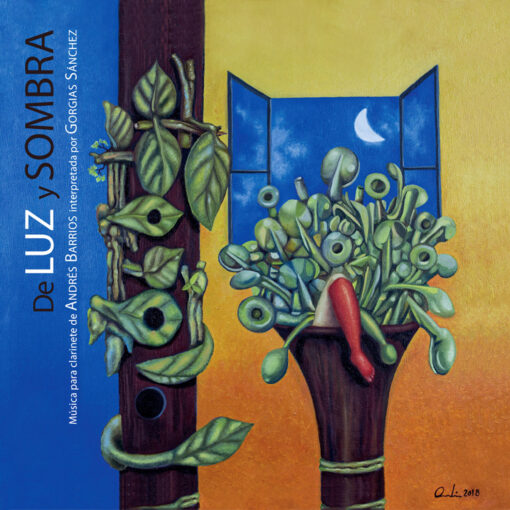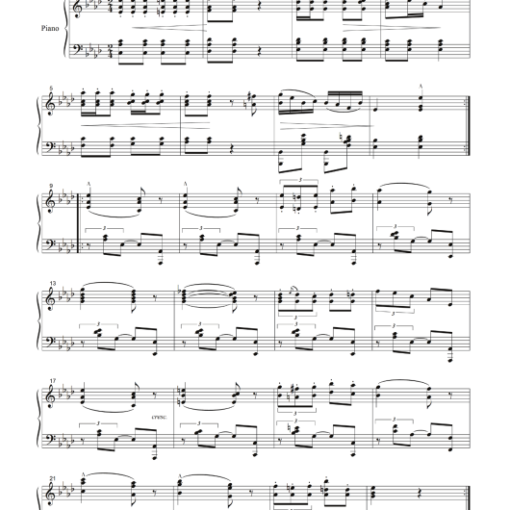The Venezuelan Merengue is a musical genre in constant evolution that currently finds in instrumental chamber music its most prolific output. It is with the series of Merengues for solo clarinet by Andrés Barrios where we find a tasty balance between the virtuouso and the lyrical, the simple and the complex, the humorous and the serious, the traditional and the innovative. In his pen, the clarinet becomes a voice that sings, that plays an accompaniment and the bass, that walks us through different tonalities and that leaves us the joyful flavor of his music. All at the same time and in a single line.
In PORTAVOZ Ediciones no es nuestra intención hacer de estas notas un tratado de interpretación. Sin embargo, consideramos necesario proveer una información necesaria para aclarar dudas en la lectura de estos merengues y facilitar decisiones a la hora de su interpretación.
1- Metronome marks
Metronome marks are, in most cases, originally suggested by the composer. There may be examples where this is not so, then it is the editor who reaches a final decision on the speed of the piece. Naturally, after prior agreement with the composer.
We will find our tempo suggestion given at eighth note speed (♪ = 280, ♪ = 290, ♪ = 300). At first glance, it seems like a little intimidating, but it is the way we find to give a more accurate time suggestion.
However, we strongly recommend the use of one click per measure in order to develop the internal flexibility of the measure during the performance of the piece, that is, that strict rubato we call rucaneo that usually happens in the performance practice of Merengues. So, we recommend to set the metronome at 56bpm for the full measure of ♪ = 280, 58bpm for the one at ♪ = 290 or 60bpm for the one at ♪ = 300. This way we will get only one click per measure while keeping the suggested marks.
2- Time signature
We will find in our editions the consistent use of 5/8 time signature, not only to preserve the original writing of Andrés Barrios, but also because it is currently the standard time signature used for Merengues.
3- The eightuplet u octosillo
In our editions we keep the writing of the eightuplet in the value of sixteenth notes (8 sixteenth notes per full measure) as is traditionally done. Though it may seem an error, we have deliberately decided to do this in order to continue this tradition inherited from the times when Merengue was written in a 2/4 time signature.
We decided not to use the bracket that normally groups the 8 sixteenth notes of the eightuplet. We will only use it in those groups that may be rhythmically confusing. We leave the number 8 in a visible place in the middle of the 8 note group that will be presented as 2 blocks of 4 16th notes each, joined by a common bar.
4- Enharmonics
The name of the notes may differ from those in the original manuscript. We have decided to do so in order to preserve the sense of tonality.
5- Further reading
To complement the information on the origin, evolution, practice and alternative forms of notation of Merengue, we recommend reading the research article by the Venezuelan composer, pianist and musicologist Juan Francisco Sans: “Some additional considerations on the rhythm and notation of the merengue ”, kindly given by the author and also published on our Blog.





One thought on “Publisher's Notes on Merengue Notation in PORTAVOZ Ediciones”
I invite you to read the article about the origins of Venezuelan Merengue by Venezuelan composer and musicologist Juan Francisco Sans here in our blog. Although it’s in Spanish, it contains proper information about the topic.